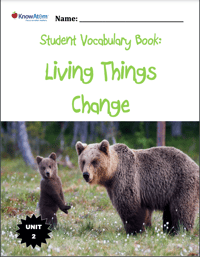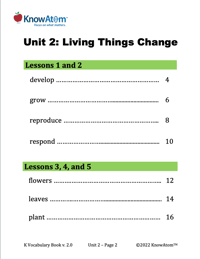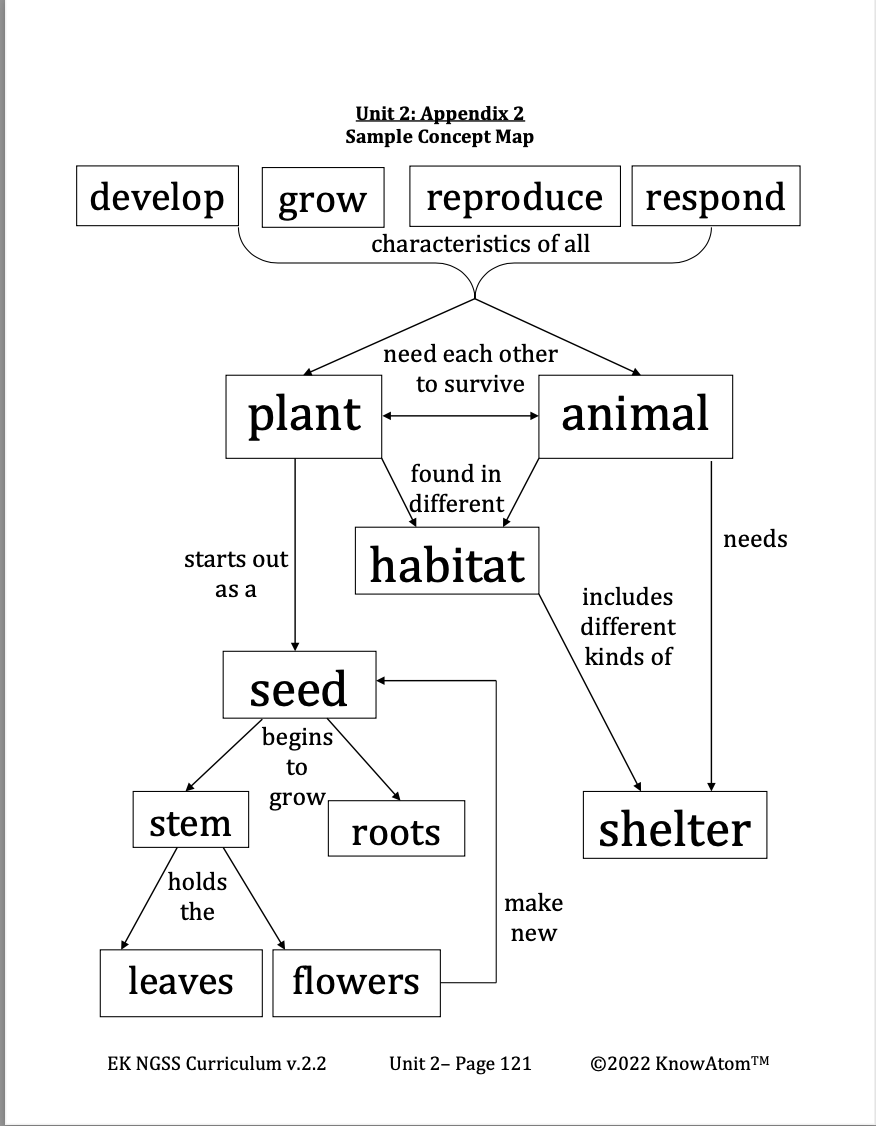In this lesson, students investigate the relationship between the materials used to build human shelters (homes) and the environments in which they are found. Students observe and compare different images of human shelters to understand the connection between the natural environment and the resources that people use in their homes.







